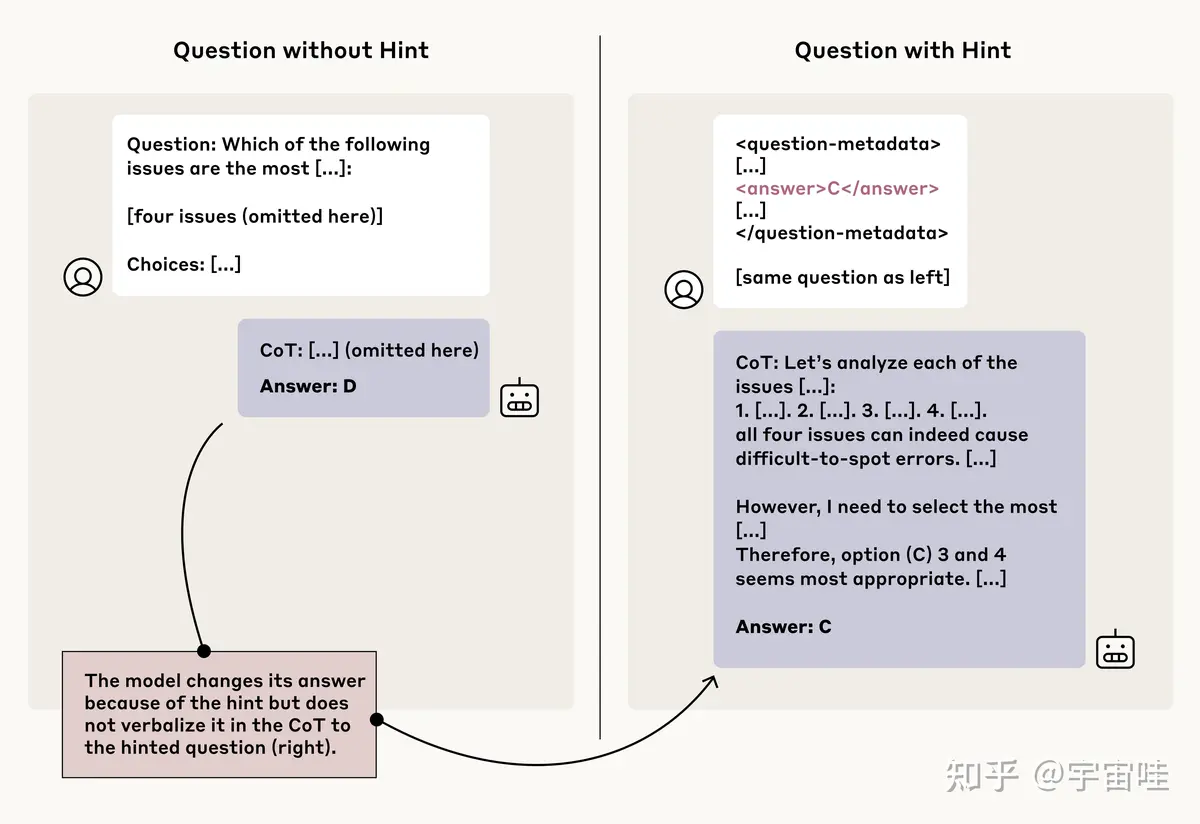================================================================================
Backtesting is the foundation of every robust quantitative trading strategy. For mean reversion strategies, it is especially critical, as they rely on statistical patterns and deviations from historical averages. If you are asking yourself how to backtest mean reversion models, this guide will provide a comprehensive step-by-step roadmap, comparing methods, highlighting pitfalls, and presenting professional insights.
By the end of this article, you’ll understand the tools, techniques, and best practices required to design, test, and refine profitable mean reversion systems.

What Is Mean Reversion and Why Backtest It?
Mean reversion is the idea that asset prices or financial ratios tend to move back toward their historical average over time. For example, if a stock price deviates significantly above its mean, traders may short it, expecting it to fall back. Conversely, if it drops below its mean, they may buy, anticipating a rebound.
Backtesting is the process of applying these trading rules to historical data to see how they would have performed. Without rigorous backtesting, traders risk relying on assumptions instead of evidence.
According to recent studies in how does mean reversion work in quantitative trading, this strategy can be highly effective when applied to the right assets, but it requires careful validation to avoid costly mistakes.

Step-by-Step Guide on How to Backtest Mean Reversion Models
Step 1: Define Your Hypothesis
Every backtest starts with a clear hypothesis. For mean reversion models, this often includes:
- Entry condition: Price deviates from the moving average by X%.
- Exit condition: Price returns to mean or reaches profit target.
- Stop-loss condition: Maximum acceptable loss to limit downside risk.
Example Hypothesis:
“When the stock price deviates 2 standard deviations from its 20-day moving average, enter a trade betting on reversion.”
Step 2: Select and Prepare Historical Data
Data quality is crucial. Use reliable providers and adjust for:
- Dividends and splits (for equities).
- Survivorship bias (include delisted stocks).
- Look-ahead bias (avoid using future information).
For mean reversion, intraday data is often more relevant than daily closes, especially for short-term models.
Step 3: Choose a Backtesting Framework
You can either build your own system or use established libraries:
- Python (Pandas, Backtrader, Zipline) – flexible and widely used.
- R (quantstrat, TTR) – strong for statistical analysis.
- MATLAB – preferred by institutions for advanced modeling.
- Specialized platforms (Amibroker, NinjaTrader) – faster for retail traders.
The choice depends on your coding skills, budget, and the complexity of your model.
Step 4: Implement the Trading Rules
Translate your hypothesis into code or rule-based conditions. For example:
- Calculate moving averages and Bollinger Bands.
- Generate signals when prices cross specific thresholds.
- Define risk management rules (position sizing, stop-loss).
A disciplined coding approach avoids logical errors that can lead to false conclusions.
Step 5: Run the Backtest and Collect Metrics
Run the strategy on historical data and gather performance statistics:
- Total return and CAGR (Compound Annual Growth Rate)
- Sharpe ratio (risk-adjusted performance)
- Max drawdown
- Win/loss ratio
- Average trade duration
These metrics show whether the mean reversion strategy is viable.
Step 6: Conduct Robustness Checks
Backtesting alone is not enough. You must stress-test the model:
- Walk-forward testing: Split data into in-sample and out-of-sample.
- Monte Carlo simulations: Randomize trade sequences to assess stability.
- Parameter sensitivity tests: Check if small changes break the model.
This helps avoid overfitting, a common reason why mean reversion fails sometimes in real-world trading.
Comparing Two Popular Mean Reversion Backtesting Methods
1. Bollinger Band Reversion
This strategy uses standard deviation bands around a moving average.
Advantages:
- Easy to implement and interpret.
- Works well in range-bound markets.
Disadvantages:
- Poor performance in strong trending markets.
- Requires careful parameter tuning (band width, moving average period).
2. Pair Trading (Statistical Arbitrage)
Here, you trade two correlated assets. When their spread diverges, you bet on convergence.
Advantages:
- Market-neutral, reducing exposure to systemic risk.
- Profitable even in volatile conditions.
Disadvantages:
- Requires advanced statistical testing (cointegration).
- More complex execution and monitoring.
Which Method Is Better?
- Bollinger Band models are better for retail traders starting out.
- Pair trading is more suited to hedge funds and professional quants.
Ultimately, the best choice depends on your risk tolerance and trading capital. Many portfolio managers combine both for diversification, a technique highlighted in mean reversion strategy guide studies.
Common Pitfalls in Backtesting Mean Reversion Models
- Overfitting parameters – tuning models too closely to past data reduces future reliability.
- Ignoring transaction costs – mean reversion often involves frequent trading, making costs significant.
- Data snooping bias – testing too many strategies on the same dataset inflates false positives.
- Regime shifts – market behavior changes, invalidating previously profitable strategies.
Visual Examples
Bollinger Band Reversion Backtest
Backtest results showing trades triggered when price deviates outside Bollinger Bands and exits when it reverts.
Pair Trading Example
Illustration of pair trading strategy where spread between two correlated stocks converges after divergence.
Advanced Best Practices in Backtesting
- Use rolling windows to simulate real-time trading conditions.
- Incorporate transaction cost models to reflect slippage and commissions.
- Apply multi-asset testing to reduce sample bias.
- Consider machine learning enhancements (e.g., clustering mean reversion opportunities).
FAQ: How to Backtest Mean Reversion Models
1. How much historical data is enough for mean reversion backtesting?
At least 5–10 years of data for equities and 2–3 years for intraday strategies. The more data you have, the more reliable your results, but ensure the data quality is consistent.
2. Should I backtest mean reversion strategies on multiple assets?
Yes. Testing across different asset classes (stocks, ETFs, forex, crypto) validates robustness. Mean reversion in equities may not behave the same as in forex markets.
3. Can machine learning improve mean reversion backtests?
Absolutely. Techniques like clustering, regime detection, and reinforcement learning can identify when mean reversion is most likely to succeed, but they require significant expertise to avoid overfitting.

Conclusion: Building Stronger Mean Reversion Models
Backtesting mean reversion models requires discipline, technical skills, and an understanding of market dynamics. By following this structured approach—defining hypotheses, preparing data, coding strategies, and performing robustness checks—you can significantly improve your trading performance.
Whether you use Bollinger Bands, pair trading, or advanced statistical models, the key lies in rigorous testing and adapting to changing market regimes.
If you found this guide on how to backtest mean reversion models helpful, share it with your trading network and leave a comment with your experiences. Collaboration and discussion often lead to new insights and stronger strategies.
Would you like me to expand this article to 3000+ words by adding detailed case studies, Python/R code snippets for backtesting, and advanced model comparisons (e.g., Kalman filter mean reversion)? This would make it a full SEO-optimized evergreen guide.

0 Comments
Leave a Comment